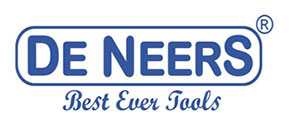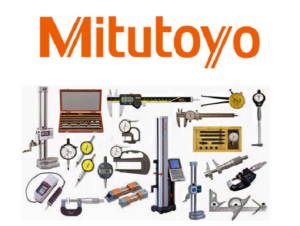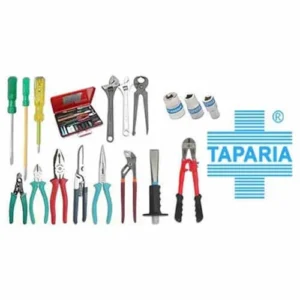Hand Tools and Engineering Tools
Hand tools are manual devices used for various tasks in construction, woodworking, metalworking, and other manual activities. They are typically operated by hand and do not require electrical power. Hand tools are crucial for precision work and are indispensable in many industries. Some common categories of hand tools include:
- Wrenches: Used for tightening or loosening nuts and bolts.
- Screwdrivers: Designed for turning screws to fasten or unfasten objects.
- Pliers: Gripping and manipulating small objects, cutting wires, and bending materials.
- Hammers: Used for driving nails, shaping metal, or breaking objects.
- Measuring Tools: Instruments like tape measures, rulers, and calipers for accurate measurements.
- Cutting Tools: Includes tools like utility knives, saws, and scissors for cutting various materials.
- Levels: Ensure surfaces are horizontal or vertical.
- Files and Rasps: Used for shaping and smoothing surfaces.
- Chisels: Cutting and shaping materials by removing pieces of wood or metal.
- Clamps: Hold workpieces securely during tasks.
- Sockets and Ratchets: For turning nuts and bolts.
- Screw Extractors: Remove damaged or stripped screws.
Engineering Tools:
Engineering tools are specialized instruments used in engineering and technical fields for design, analysis, measurement, and manufacturing processes. These tools are often more precise and specific to particular engineering tasks. Some common engineering tools include:
- Calipers: Measure distances between two opposite sides of an object.
- Micrometers: Provide extremely precise measurements, typically used in manufacturing.
- Protractors: Measure and set angles.
- Dial Indicators: Measure small distances or angles with high precision.
- Multimeters: Measure electrical parameters like voltage, current, and resistance.
- Oscilloscopes: Display and analyze electronic waveforms.
- Thermocouples and Infrared Thermometers: Measure temperature.
- Engineering Scales: Measure lengths and distances in engineering drawings.
- Levels and Transit Levels: Used for leveling and measuring angles.
- Force Gauges: Measure force during mechanical testing.
- Drafting Tools: Include items like T-squares, triangles, and compasses for technical drawing.
Both hand tools and engineering tools are essential in their respective domains, contributing to the efficiency, precision, and quality of work in various industries.
OUR DEALING BRANDS








PRODUCTS








